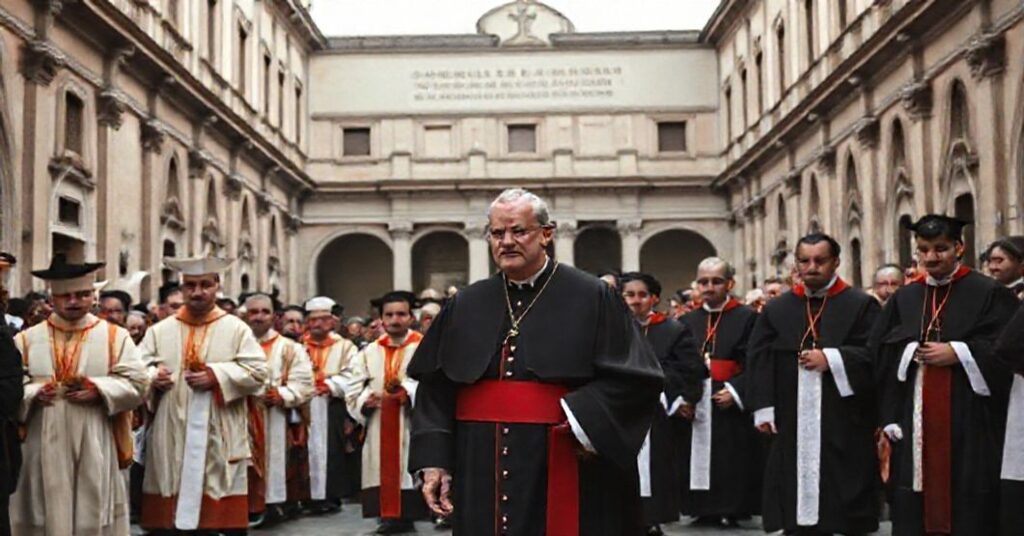Octogesimum mox (1963.02.24)
The text under review is a short Latin congratulatory letter from John XXIII to Amleto Giovanni Cicognani on the occasion of Cicognani’s approaching 80th birthday, sent in February 1963, praising his diligence in handling the “public affairs of the Church,” recalling his curial and diplomatic services (especially as Delegate in the USA and in matters concerning the Eastern Churches and Vatican II), and imparting an “Apostolic” blessing. It is a self-referential, courtly panegyric that silently presupposes the legitimacy of the conciliar revolution it serves.










